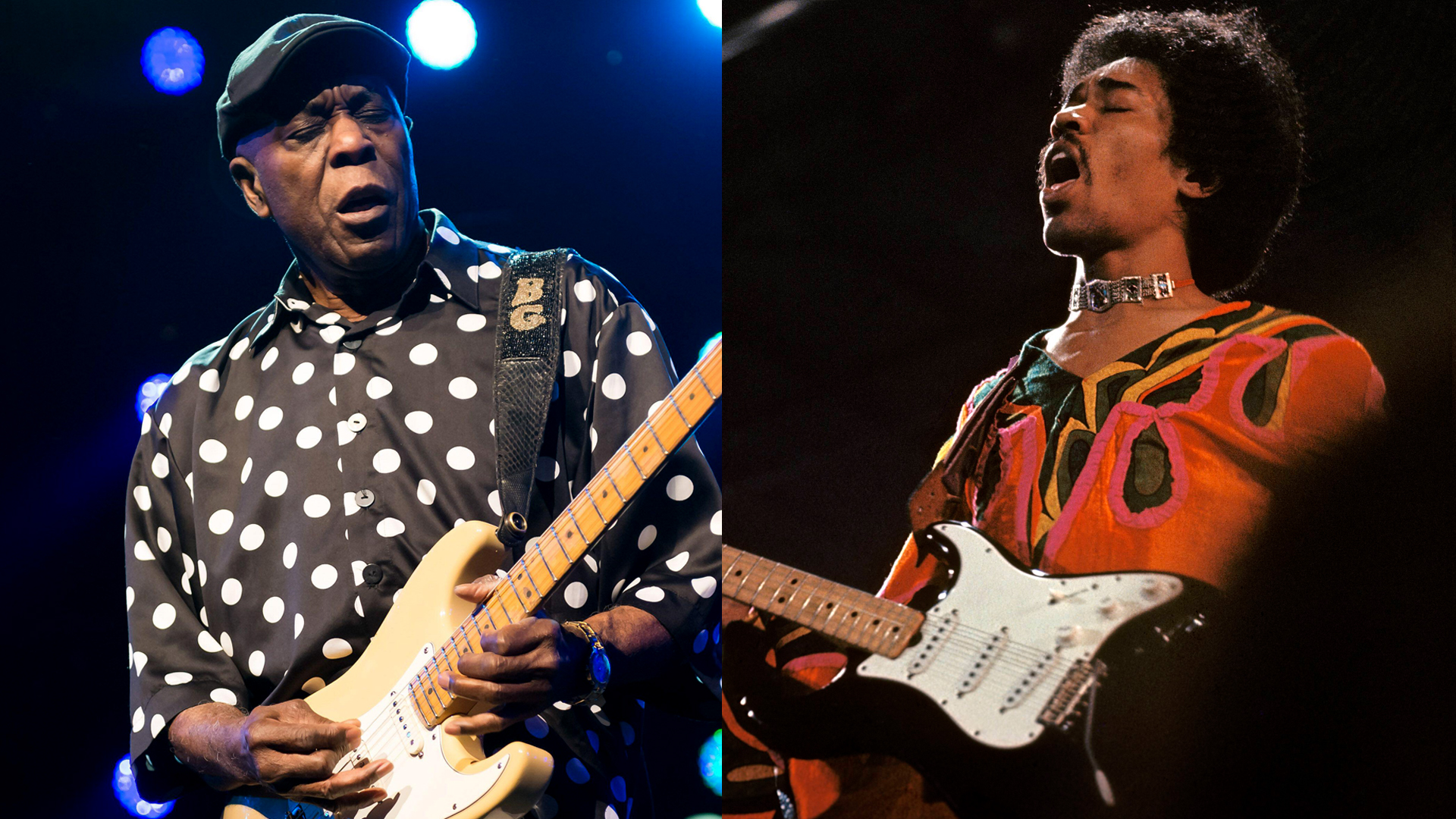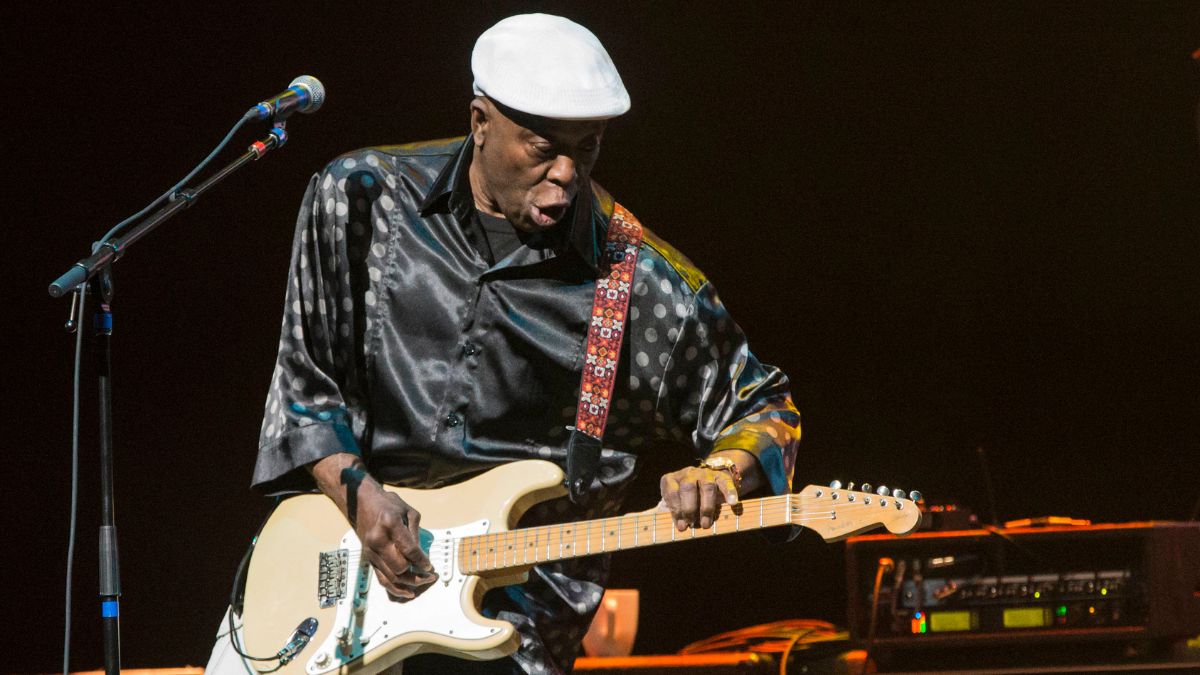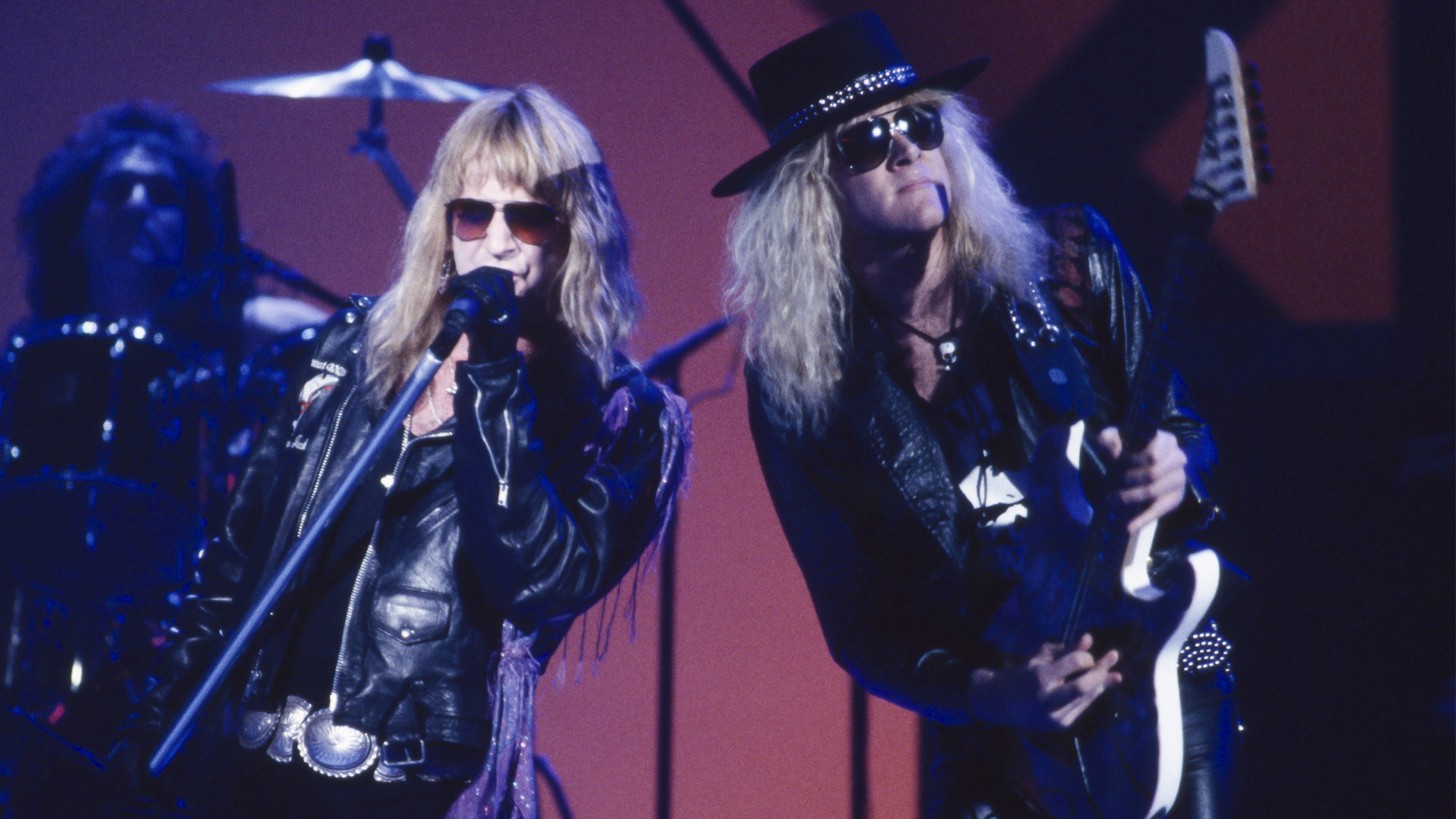“It was a dogfight. And then all the special effects came in.” Buddy Guy on the warning he gave Jimi Hendrix before he went into the British blues clubs
The pair became great friends, but there was one key difference in their approach to the electric blues

Buddy Guy was a hero to the electric guitar players of the British blues boom. When he first showed up in England with his trio in the mid 1960s, he thrilled all of them with his revolutionary, high-energy style, using amp overdrive, feedback and a dynamic, approach that blended raw emotion with powerful technique.
But as the blues guitar legend says today, those same guitarists took what he did and went too far with it.
In fact, he even had to warn JImi Hendrix to watch his ears when he entered clubs where the British blues players plied their trade. And as he notes, Jimi was no slouch when it came to playing loud.
“You’ll laugh, but I thought he used to play too loud,” Guy says of Hendrix in the December 2025 issue of Guitar World magazine. “When I first came up, Muddy Waters and those guys had two little speakers at each corner of the blues club, and it was a clean sound.”
But he said even Hendrix was no match for the British blues guitarists of the time. “When the British guys started playing, they had stacks of Marshalls! After I got to know Jimi, I’d go see him and [warn him], ‘Before you go in there, you ain’t gonna hear nothing.’ That type of sound just took over.
“That clean sound went away because, with the amplifiers, it was a dogfight. And then all the special effects came in, and Jimi, I think he was one of the greatest that ever took advantage of the special effects, because a lot of people used them after him.”

Though Hendrix’s take on the blues was a world away from the cleaner, more controlled blues playing that Guy was accustomed to, they had a lot in common. Hendrix idolized Guy and went to see him perform in 1967.
All the latest guitar news, interviews, lessons, reviews, deals and more, direct to your inbox!
“I got invited to play in New York City. I was putting on the ‘Buddy Guy show,’ with my guitar behind my back and throwing it around,” he told Guitar Player of their first meeting. “And somebody said to me, ‘Look out, man, that’s Jimi Hendrix over there!’ – ’cause those were Jimi’s moves.
“But I said, ‘So what? Who the hell is that?’
“Eventually, Jimi came over to me and introduced himself. He said, ‘I just canceled a gig, ’cause I wanted to see you.’ And that’s how we became friends.”
Still, there was a degree of separation to their receptive takes on the blues.
“I was into Arthur Crudup, T-Bone Walker, B.B. King, and all the old blues guys,” Guy told GP on a separate occasion. “I wasn’t into all the special effects. I liked what Hendrix was doing when I heard it. But I decided to let him have that. I figured my time would come.”
Eric Clapton was another player rapt by Guy’s talents. He says seeing his power trio play in London inspired him to leave the Bluesbreakers and start Cream.
In related news, Guy has discussed the one thing every guitarist needs to play the blues and has reflected on his slightly unusual relationship with his son.
“He didn’t know who I was until he could turn 21 and get into the blues clubs,” Guy has revealed. “He said, ‘Dad, I didn’t know you could play like that!’”
A freelance writer with a penchant for music that gets weird, Phil is a regular contributor to Prog, Guitar World, and Total Guitar magazines and is especially keen on shining a light on unknown artists. Outside of the journalism realm, you can find him writing angular riffs in progressive metal band, Prognosis, in which he slings an 8-string Strandberg Boden Original, churning that low string through a variety of tunings. He's also a published author and is currently penning his debut novel which chucks fantasy, mythology and humanity into a great big melting pot.

